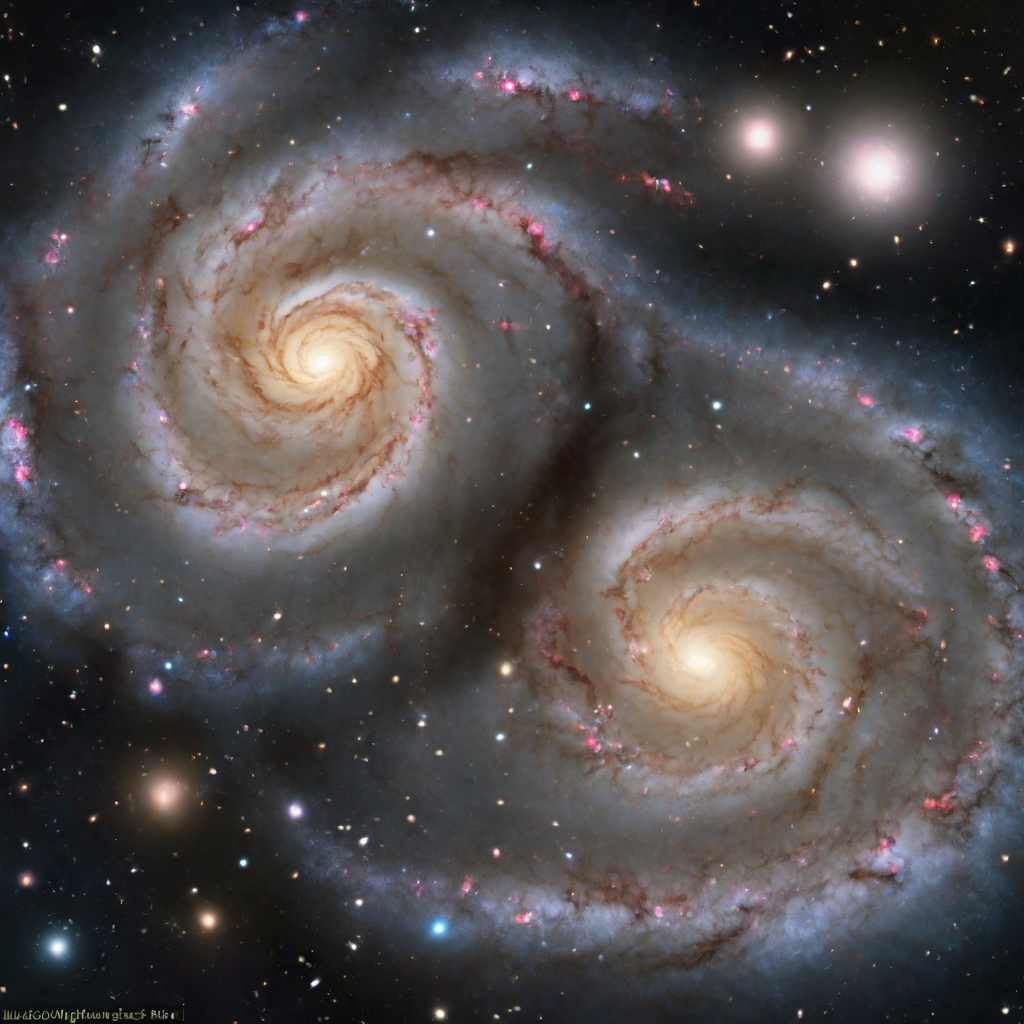spiral galaxies
Ah, spiral galaxies, a fascinating phenomenon indeed! Spiral galaxies are one of the three main types of galaxies, known for their distinctive spiral arms that extend outward from a central bulge. These galaxies are a captivating sight to behold in the vastness of space.
The structure of a spiral galaxy is characterized by a central nucleus or bulge, which contains older stars. From this bulge, stunning spiral arms wind outward in a graceful pattern. These arms are composed of younger stars, gas, and dust, which give the galaxy its characteristic appearance.
Spiral galaxies come in a range of sizes, from smaller dwarf spirals to massive, grand-design spirals. Some spiral galaxies have tightly wound arms, while others have looser, more open arms. The Milky Way, our very own galaxy, is a prime example of a spiral galaxy. It is a majestic and intricate system, with our solar system positioned in one of the spiral arms.
The formation and dynamics of spiral galaxies are still subjects of scientific investigation. It is believed that the spiral arms form due to a combination of factors, including gravitational interactions, density waves, and the rotation of the galaxy. These factors cause the gas and dust within the galaxy to compress, triggering the formation of new stars along the spiral arms.
Spiral galaxies are not static entities; they are in a constant state of evolution. The gravitational interactions between galaxies can cause disturbances and trigger the merging of galaxies, leading to the formation of new structures. This dynamic nature contributes to the rich tapestry of the universe and the diversity of galactic formations.
The study of spiral galaxies has provided valuable insights into the nature of the universe and its evolution. Astronomers use powerful telescopes and advanced imaging techniques to observe and analyze the properties, composition, and movements of these galaxies. By studying spiral galaxies, scientists can better understand the processes of star formation, galactic structure, and the evolution of the cosmos.
In conclusion, spiral galaxies are captivating celestial systems characterized by their distinctive spiral arms. They are a testament to the beauty and complexity of the universe. The study of these galaxies deepens our understanding of the cosmos and sheds light on the processes that shape the galaxies and the vastness of space.










